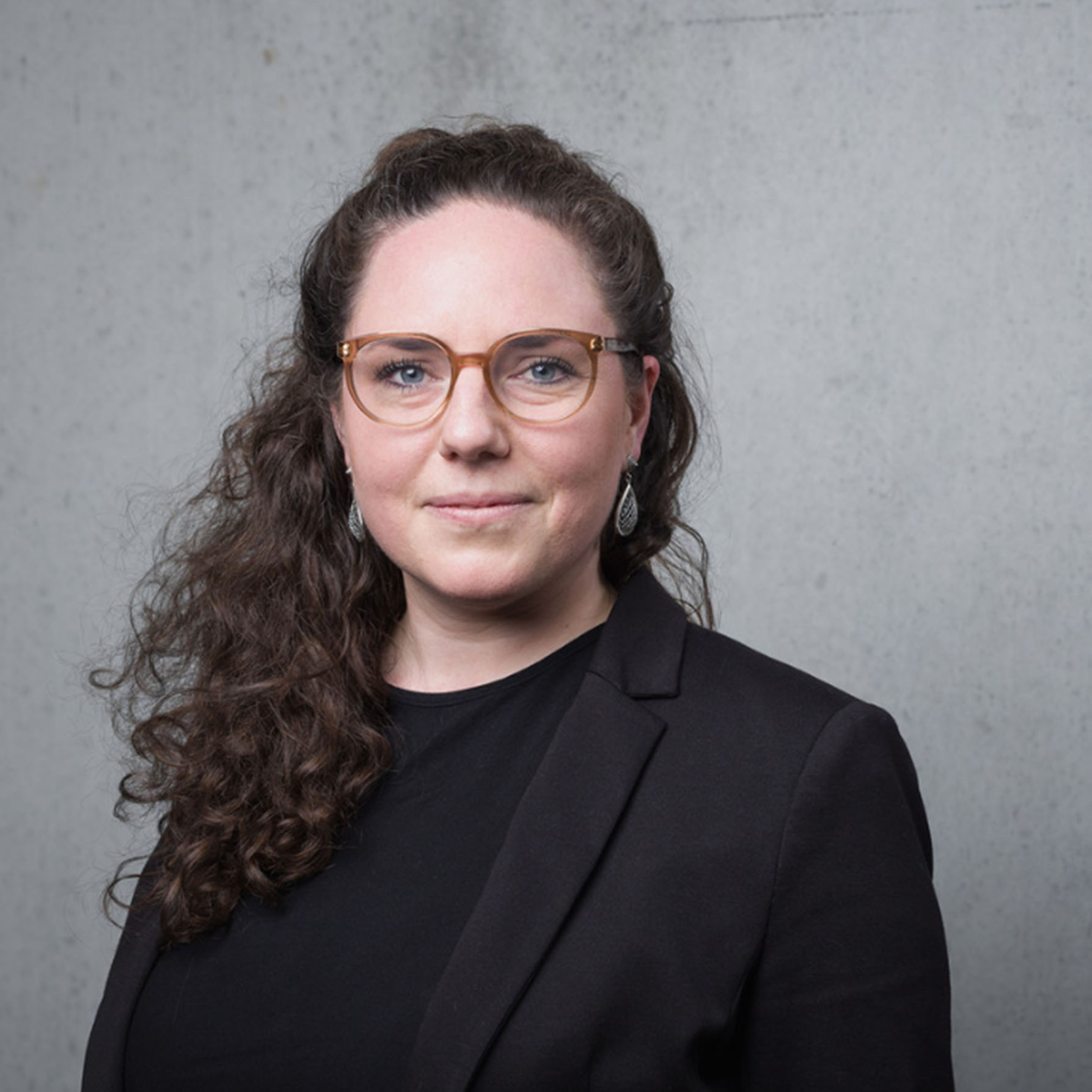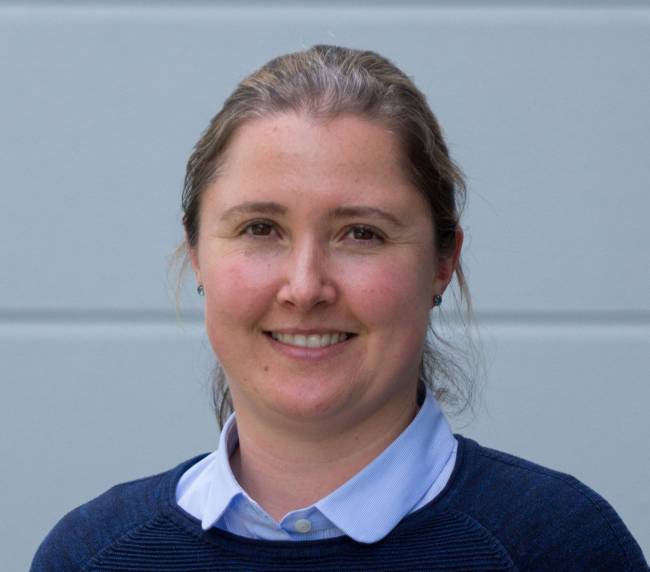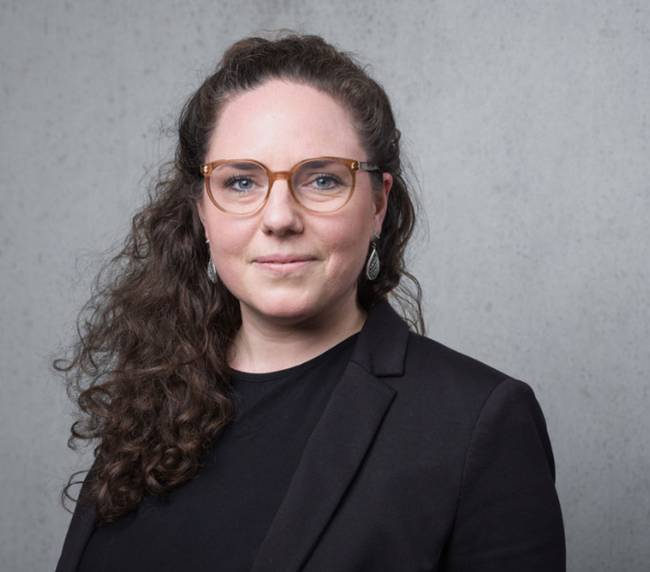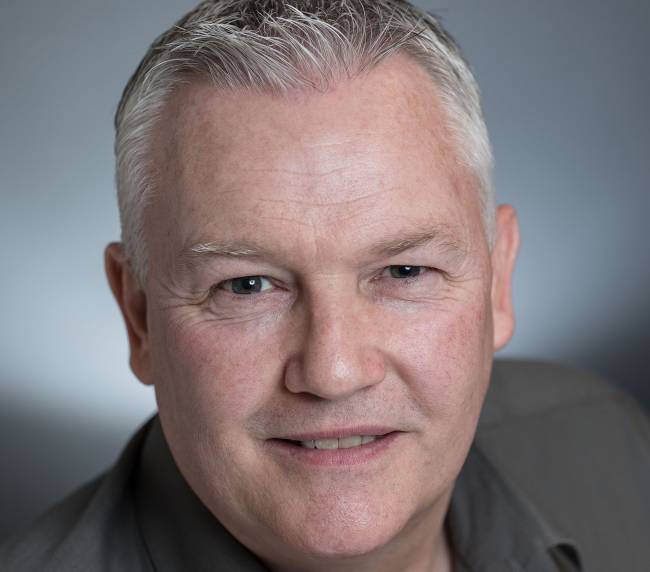Dr. Lea Meier-Pokorny did her PhD in Food Process Engineering at the ETH in Zurich in the group of Prof. E.J. Windhab, focusing on protein and fat foams. The goal of her PhD was to develop a new process for the formation of a natural fat foam for praline fillings. The foamy structure improves the creaminess and the mouthfeel of praline fillings. She developed together with Kinematica, a mechanical engineering company in Luzern with expertise in dispersion and homogenization, a new foaming process based on a membrane technology. At that time, she was the co-founder of the start-up microPow with expertise in encapsulation of colours and flavours for food, where she also had a close collaboration with Kinematica. Now, she is the head of Science and Prototyping at Kinematica and responsible for the stronger focus on science and innovation in Kinematica equipment, under the new business unit Kinematica Science. We interviewed her to get a better understanding of her experience when using SOPAT Technology.
- Could you describe for which projects are you using SOPAT?
Kinematica Science offers prototyping to our customers and a crucial part of these trials is the measurement of droplet and bubble sizes, as the expertise of Kinematica is dispersion and homogenization. We had multiple projects together with SOPAT: foaming of coffee extract, emulsification of vegan creamer or coffee creamer, particle size reduction in API-milling etc.
- When did you start using SOPAT?
I first used a SOPAT probe in 2020
- How did you first learn about SOPAT?
Already during my PhD, I knew SOPAT. During my PhD I had to count manually the bubble size under the microscope. Actually, my student did it and they almost go crazy. 😊 When I saw the SOPAT probe, I was really happy, and I met Sebastian the first time at ACHEMA 2018. And since I’m working for Kinematica, SOPAT and Kinematica have a close collaboration.
- Why are you using SOPAT?
It is time-efficient; it is accurate, it can measure droplet and bubble sizes inline, which is great. The time and process efficiency can drastically be improved.
- Are you using the SOPAT system in your day-to-day work? If yes, how?
No, unfortunately not. But we have a SOPAT probe installed in our lab facility and we try to use it as much as possible together with our customers.
- What have been the results so far?
We always measure the droplet and particle sizes offline in collaboration with the University in Luzern. Why? Because a lot of customers, are very familiar with offline measuring techniques. On top we offer them the inline technology from SOPAT and they are very happy with it. I think it is very important to be able to compare to standard methods, to clearly state the quality of the new technology.
- Did you use other technologies to do particle characterization before? How would you compare it to SOPAT?
I only used classic offline technologies such as laser diffraction or laser light scattering etc. They work very well but as it is offline, you never reach the exact processing time to take the sample (although you take samples every minute) and there is always time in between sampling and measurement and you never know, if it has an influence on the particle size. Additionally, measurements of bubbles are almost not possible. Foams are often temperature and time sensitive, which makes it very difficult to measure them offline. Especially, when you work with fat foams or ice cream foams.




